One of the great discussions in the public sphere over the last decade or longer has been that of sustainability, and how to build a more sustainable, especially environmentally sustainable, future. Part of that discussion has been around the idea of reducing greenhouse gas emissions that contribute to climate change by producing more clean energy through renewable energy sources. Nuclear power has been a subject of great debate, given that it is not necessarily considered renewable, but is considered clean energy; however, it has not had great track record due to a few high-profile nuclear disasters that have taken place over the last half century or so. Despite the debate over its merits and its track record, nuclear remains a highly prevalent source of energy in Europe. Nuclear power plants also happen to be a place that Peli’s ATEX lighting tools are used heavily due to the existence of hazardous atmospheres. Given all the ballyhoo over nuclear power, we decided to do a quick overview on how it works in this post, as well as discuss the main points of contention regarding its use.
Where does nuclear power come from?
The answer to that question is nuclear fission. Nuclear fission is the process that takes place inside the reactor of a nuclear power plant. Atoms are split apart to form smaller atoms, which releases energy.
The fuel that is most widely used to produce power through nuclear fission is uranium. Specifically, nuclear plants use a certain type of uranium known as U-235. This is because its atoms are easily split to conduct fission.
The uranium fuel is formed into ceramic pellets that are about 1 cm in diameter and 1 cm long. According to the U.S. Energy Information Administration, each pellet produces around the same amount of energy as 150 gallons (568 litres) of oil. These energy-rich pellets are stacked end-to-end in 12-foot metal fuel rods which are placed in the nuclear plant’s reactor core.
The energy that is released during the process of nuclear fission is used to heat water to boiling point, which produces steam. This is done in the reactor core. The steam is then used to spin large turbines that generate electricity by driving generators that make electricity.
After this is done, the nuclear plant cools the steam back into water. This is done in a separate structure known as the cooling tower. In some plants, there are no cooling towers, thus water from ponds, rivers or the ocean is used to convert the steam back to water. The cooled water is then reused to produce the steam to generate more power.
What is the debate surrounding nuclear power about?
One of the main benefits of nuclear power touted by its proponents is that although uranium is mined, it is not considered a fossil fuel. Fossil fuels are those that come from materials that were once living organisms. Uranium is a metal, similar to silver, copper, and gold. Thus, unlike energy that is produced by fossil fuels, nuclear reactors do not produce air pollution or carbon dioxide while in operation and consequently would not directly contribute to climate change.
One might wonder then why there is any hesitation over nuclear power; nuclear is an extremely powerful source of energy that does not contribute to climate change. However, there are a number of valid points of contention from its detractors.
The first being that although nuclear power does not produce direct carbon dioxide, there is some consternation over the fact that the construction of nuclear power plants as well as the mining and refining of the uranium ore requires a lot of energy. Sometimes, this energy is ironically produced by fossil fuel energy sources.
Having said that, there is also the issue of the potential uncontrolled nuclear reaction, which as seen in the disasters at Chernobyl and Fukushima, can result in widespread contamination of air and water. Nevertheless, the risk of this happening with more modern nuclear plants has been significantly reduced due to a variety of complex safety and security measures that are now in place at these sites. This includes highly trained and skilled reactor operators, regular and rigorous testing and maintenance activities, and strict requirements and oversight by regulatory agencies such as the European Atomic Energy Community. The areas surrounding nuclear plants are also restricted and guarded by security teams. Additionally, modern nuclear power plants are built with containment vessels which are specifically designed to withstand extreme weather events such as earthquakes and tsunamis.
Lastly, the major environmental concern related to nuclear power revolves around the issue of nuclear waste that is produced by nuclear energy. These materials can remain radioactive, and of course, dangerous to human health for up to thousands of years.
Radioactive wastes are classified as low-level or high-level waste. The radioactivity of the waste reduces over time in a process called radioactive decay. The majority of radioactive waste by volume is of the low-level classification. It is placed in a sealing barrier of material such as clay to prevent radiation from escaping into the atmosphere. This allows the waste to decay safely before disposal.
The clothing, tools, and other disposable items that are used on the job in nuclear facilities also become contaminated with tiny amounts of radioactive materials. These are classified as low-level radioactive wastes but are nevertheless subject to heavy regulations for their handling, storage, and disposal to make sure they do not come into contact with the outside environment.
Of course, there is also the high-level radioactive waste which consists largely of the used nuclear reactor fuel; the uranium pellets in the aforementioned rods. These materials must be stored in specially designed pools of water which cool the fuel and act as a shield against radiation. Additionally, some spent reactor fuel is stored in specially designed dry storage containers for air cooling.
Lastly, nuclear reactors at times must also be decommissioned once they are no longer in operation. Obviously, these nuclear reactors are highly radioactive. Thus, the decommissioning of these reactors must involve a highly regulated process of safely removing the reactor from service along with all the equipment that has become radioactive and reducing the radioactivity of the site to a level that permits other uses of the property.
The future of nuclear power
With energy consumption on the rise globally, it is still unclear what the future of nuclear power is. However, due to the growing concern over climate change and carbon dioxide emissions that contribute to said climate change, there is a growing movement toward renewable energy sources such as wind and solar. Unfortunately, it will take decades, if not longer, for renewable energy sources such as these to make a dent in global carbon dioxide emissions. Thus, despite its detractors, nuclear energy production is poised to increase to combat carbon dioxide emissions, if only in the meantime. We shall have to wait and see.
Along with this potential increase in nuclear power generation there is a likelihood of more nuclear power plants. These require explosion-proof machinery to be operated in the hazardous atmospheres within these plants. Peli Products produces a wide range of ATEX-certified intrinsically safe lighting tools to be used in these hazardous explosive atmospheres. To learn more about Peli’s ATEX lighting tools, click on the button below.





.png)

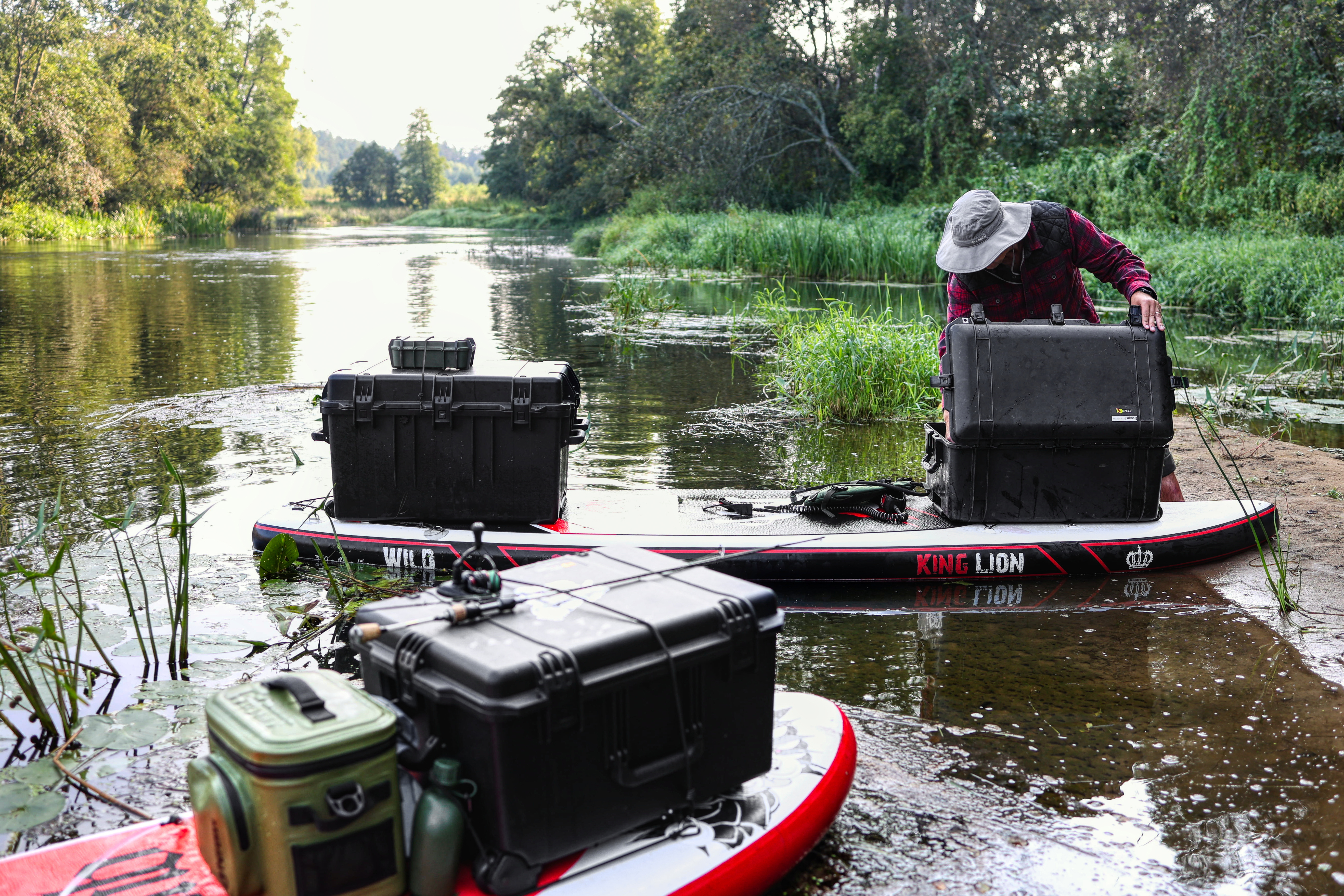



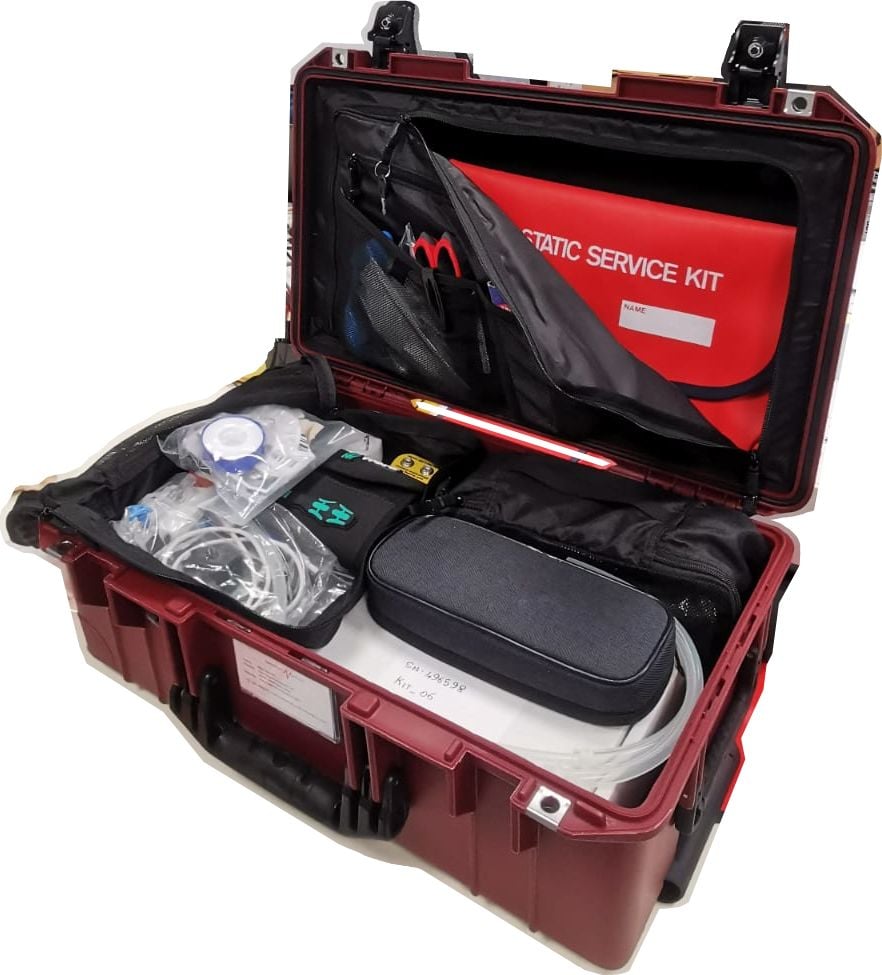
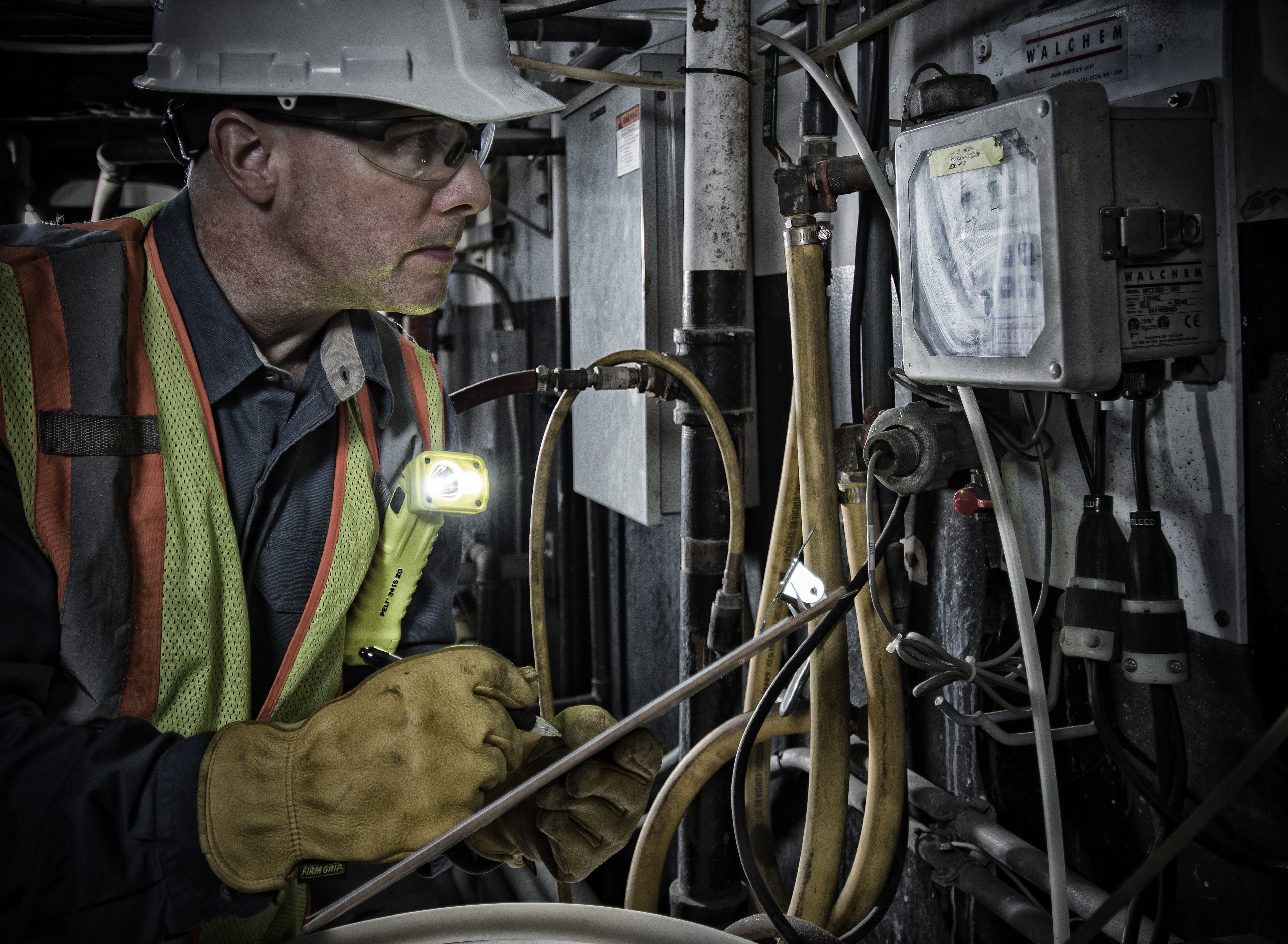
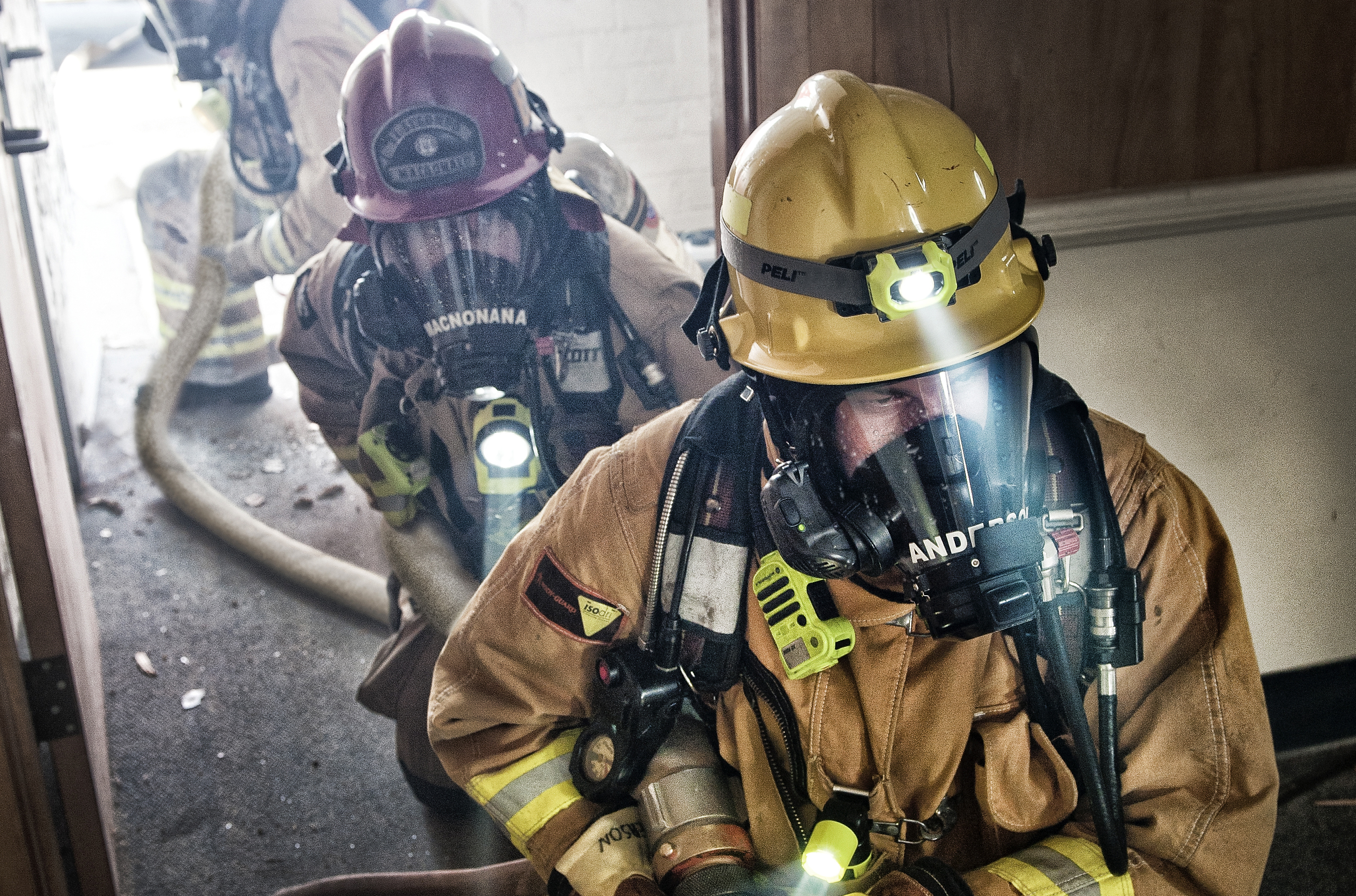




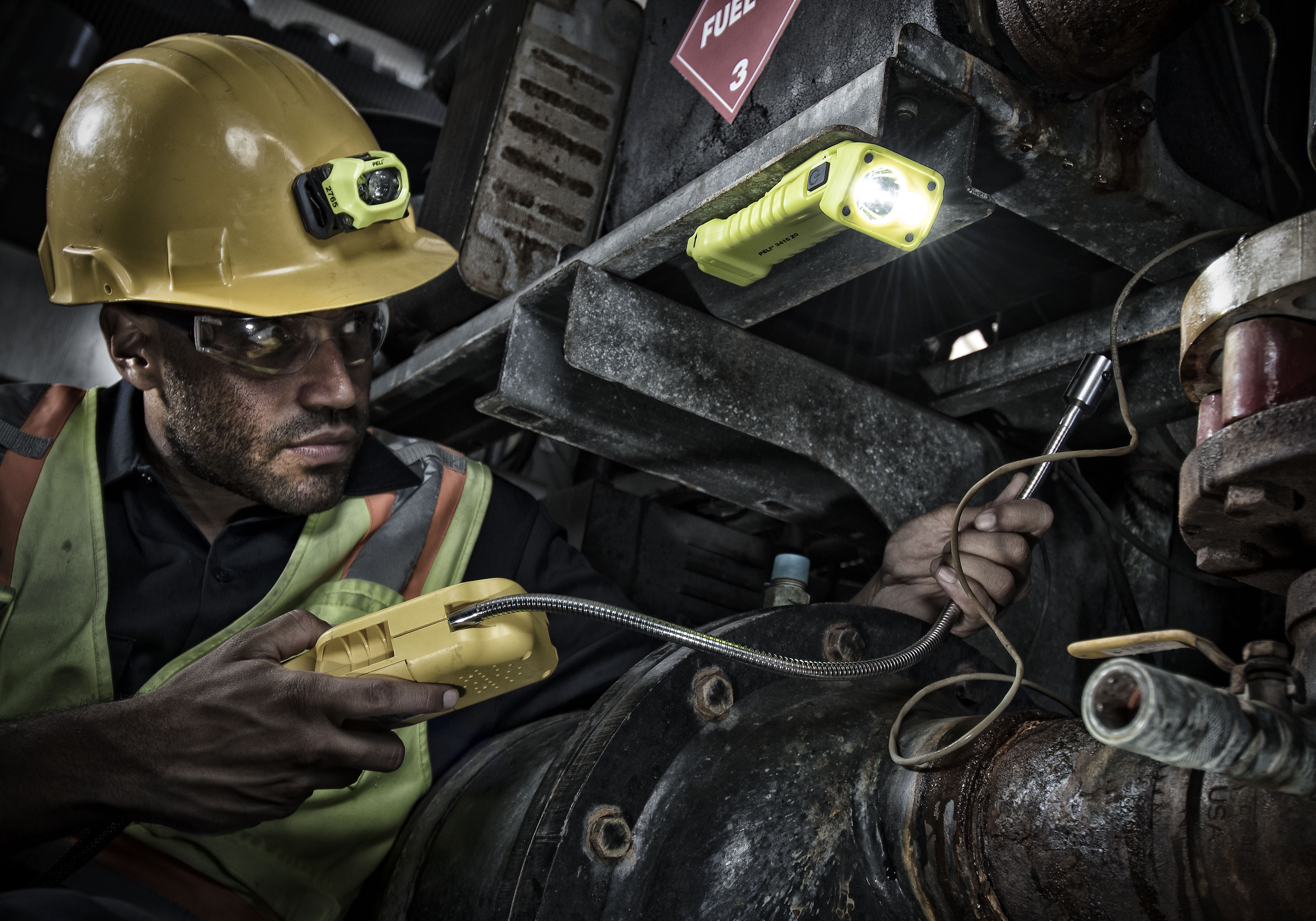


Post a comment